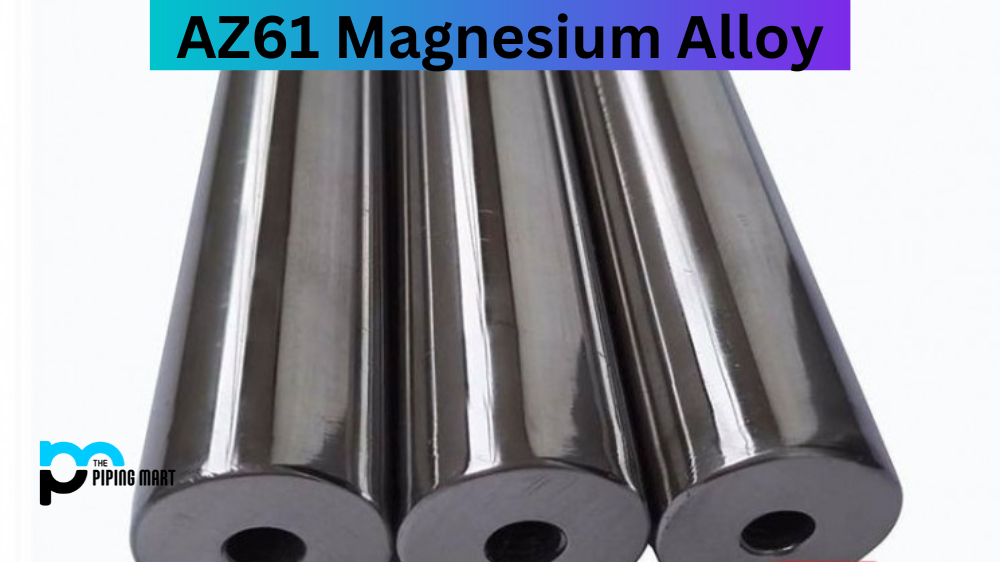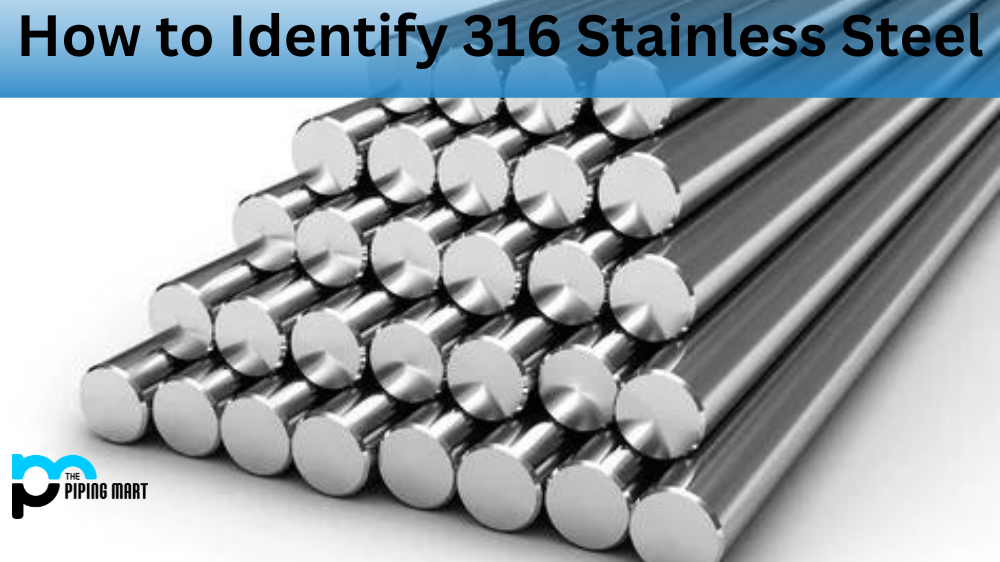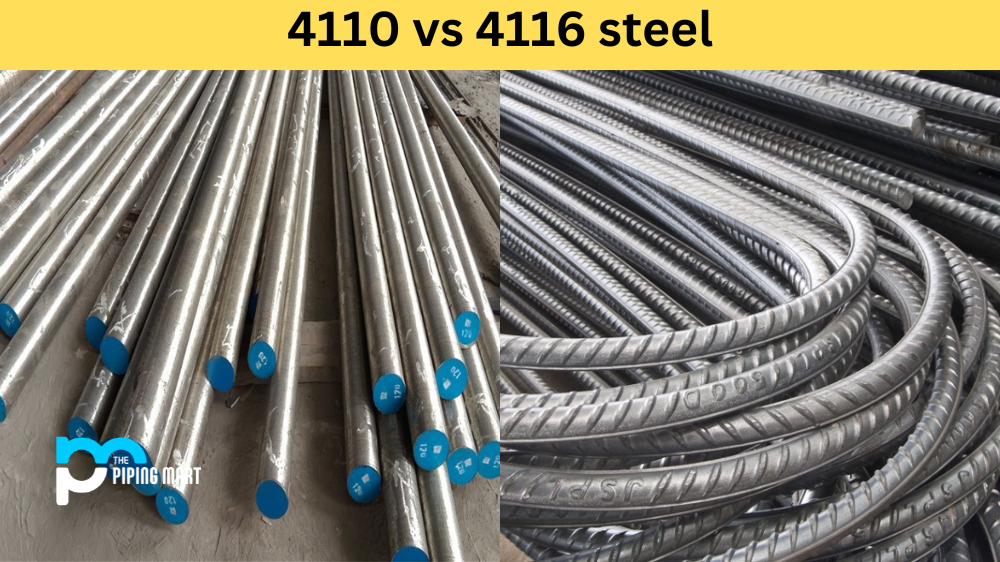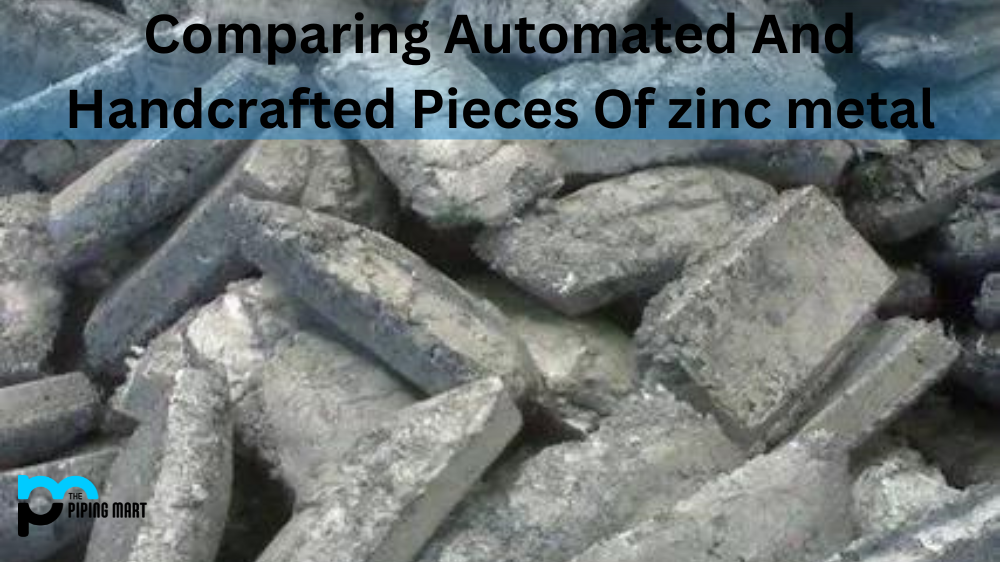Magnesium alloys are widely used in various industries due to their low density and high strength-to-weight ratio. One of the most popular magnesium alloys is AZ61, which is known for its excellent castability, weldability, corrosion resistance, and machinability. Let’s take a closer look at the properties and characteristics that make this alloy so versatile.
Chemical Composition
The AZ61 magnesium alloy consists primarily of magnesium (Mg) with small amounts of aluminum (Al), zinc (Zn), and manganese (Mn). The exact composition may vary slightly depending on the manufacturer, but typically it is composed of 4.3%-5.7% Al, 0.5%-1% Zn, and 0.2%-0.6% Mn, with the balance being Mg. This combination of elements results in an alloy that has good ductility as well as strong resistance to corrosion.
Mechanical Properties
AZ61 has good mechanical properties for a magnesium alloy, including good tensile strength (240-290 MPa) and yield strength (200-220 MPa). It also has excellent formability when cold-worked or hot-formed but should not be used at temperatures above 200°C due to its relatively low melting point (650°C). The alloy can be easily machined using conventional tools such as drills, taps, reamers, and end mills. However, it should be noted that cutting speeds need to be reduced when machining this material due to its softness compared to other steel or aluminum alloys.
Physical Properties
The AZ61 magnesium alloy has a density of 1.74 g/cm3, which is about two-thirds that of aluminum alloys but still higher than most plastics or composite materials such as carbon fiber reinforced plastic (CFRP). Its melting point is also lower than aluminum alloys at 650°C compared to 660°C for 6063 aluminum alloy and 700°C for 7075 aluminum alloy making it easier to process at lower temperatures than these other materials. In addition, the AZ61 magnesium alloy has a relatively low coefficient of thermal expansion, making it suitable for use in applications where temperature changes can cause components to expand or contract significantly over time, such as engines or turbines in vehicles or aircraft respectively.
Conclusion:
The AZ61 magnesium alloy stands out from other materials thanks to its excellent castability, weldability, corrosion resistance, and machinable properties while also having a low density and high strength-to-weight ratio compared to other metals like steel or aluminum alloys. It can withstand temperatures up to 200°C without any adverse effects while having good formability when hot formed or cold worked, making it an ideal choice for many industrial applications requiring lightweight yet durable components that are easy to fabricate using common tools like drills, taps reamers and end mills with reduced cutting speeds compared with more traditional materials like steel or aluminum alloys. As such, understanding the different properties associated with this material can help manufacturing engineers better design components that meet their specific requirements while taking advantage of the benefits associated with AZ61 magnesium alloy technology.

Meet Bhavesh, a seasoned blogger with a wealth of knowledge and experience. From metal products manufacturing to retail, Bhavesh has a diverse background in various industries and is dedicated to sharing his insights and expertise with readers.




